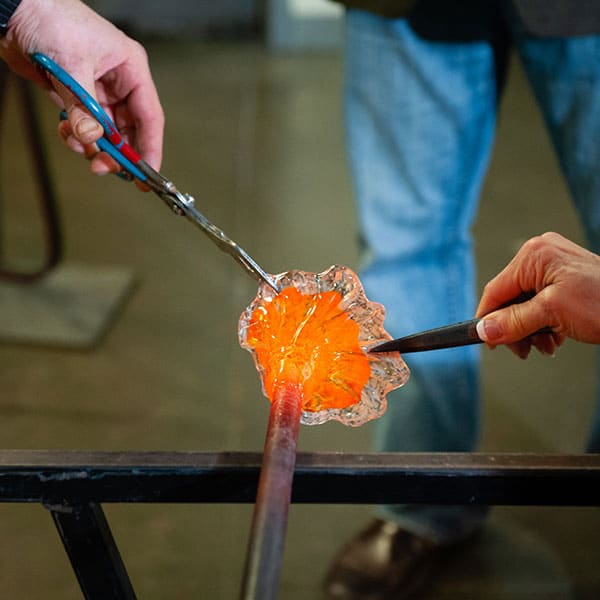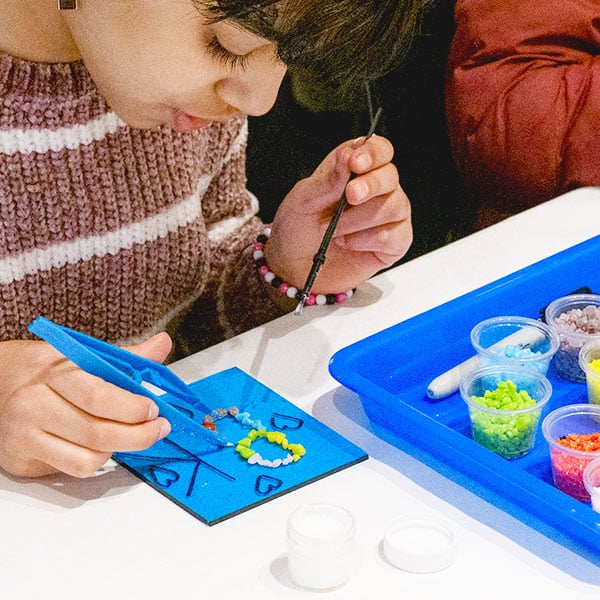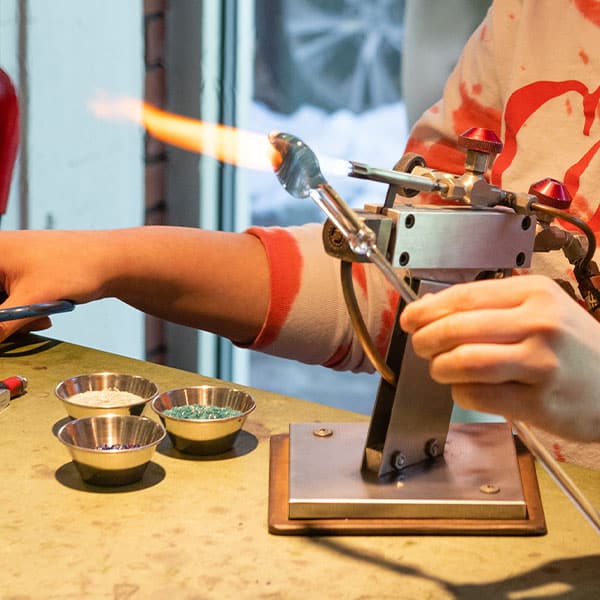LIT: Light in Transmission
February 5 – July 18, 2021
This exhibition is a survey of the diverse range of light art within the shared medium of both neon and plasma sculpture curated by Percy Echols II, an artist, creator of the podcast “Taming Lighting” and PGC’s first recipient of the Ron Desmett Memorial Award for Imagination with Glass. The show features the work of 14 neon and plasma artists.
Featured Artists: Sarah Blood | Patrick Collentine | Percey Echols II | Michael Flechtner | Mundy Hepburn | Eve Hoyt | Danielle James | Ed Kirshner | Leticia Maldonado | Denzel Russel | Harriet Schwarzrock | Megan Stelljes | Wayne Strattman | Leo Tecosky
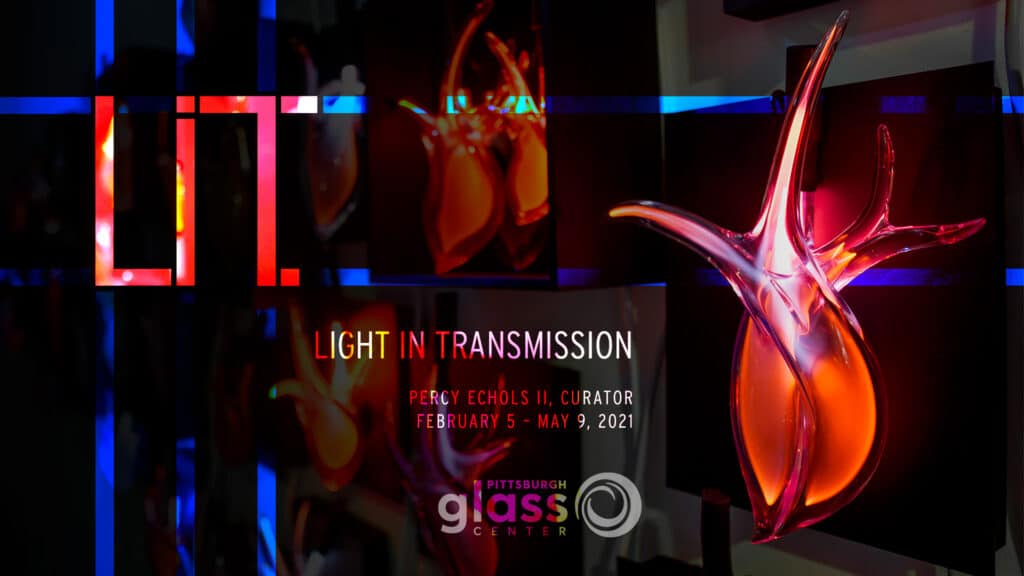

Curatorial Statement
The exhibition is a survey of the diverse range of light art within the shared medium of both neon and plasma sculpture. As an artist, I chose those who had impacted my creative process, education, and expanded my world view on the nearly unlimited potential of neon and plasma light as artistic medium. As a curator, the people I invited present expressions of light, within a variety of shared and differing experiences, skills, and techniques.
Light In Transmission is a multilayered expression of my excitement in this growing community be it the undying light of neon, or the obscure nature of plasma. Past, present, or future, there will be light.
Percy Echols, II
Artist and Exhibition Curator
Funding for this exhibition was provided by The Pittsburgh Foundation and Advancing Black Arts in Pittsburgh, a joint program of The Pittsburgh Foundation and The Heinz Endowments.
About the Curator
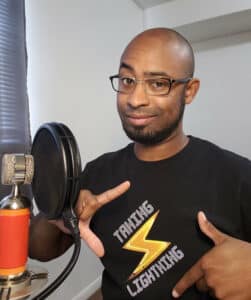
Echols’ interest in plasma began in 2014 at Pilchuck Glass School in Stanwood, WA. He was introduced to the medium through furnace glassblowing in a class taught by Patrick Collentine. He continued working in plasma while pursuing his BFA at Illinois State University while also working with a local neon and sign making shop in Bloomington, IL.
After graduation in 2016, Echols worked at Pittsburgh Glass Center as a studio technician apprentice. During that time he designed and built his first mobile neon lab, a compact and mobile system for vacuuming and filling vessels for plasma or neon tubing. He performed his first public demonstrations, conducted workshops and continued to experiment with the medium. In addition, he used the lab to collaborate with artists such as Robert Mickelsen and Chris Ahalt to create new work.
Echols launched a blog and podcast called “Taming Lightning” in May 2017 to connect with a larger plasma and neon community, build a network, conduct research and share ideas among artists and makers that use the medium.
Percy Echols II was selected as the first recipient of the Ron Desmett Memorial Award for Imagination with Glass from Pittsburgh Glass Center in 2018. The award recognizes artists who think outside of the box, practice curiosity, and take risks to create unique, imaginative works in glass or incorporating glass, characteristics that PGC’s late co-founder Ron Desmett valued.
Echols participated in a neon, plasma, and light exhibition on Murano called “Vetro Illuminato” during the Glass Art Society (GAS) Conference in May 2018 in Murano, Italy. In 2019, he was a recipient of a $20,000 award through Advancing Black Arts in Pittsburgh, a joint program of The Pittsburgh Foundation and The Heinz Endowments, to support his residency at Pittsburgh Glass Center.
Exhibit Resources
Interviews & Press
Percy Echols II and Ben Orozco (Talking Out Your Glass podcast)
Laurie Wagman Visiting Artist and Artist-in-Residence series Virtual Lecture (Temple University Tyler School of Art & Architecture)
Artist curates first neon, plasma exhibition at Pittsburgh Glass Center (Pittsburgh Post-Gazette)
Percy Echols II Shares International Plasma Neon Experiences (PGC)
Virtual opening event (featuring a gallery walk-through with curator Percy Echols II and a neon demonstration with exhibiting artist Michael Fletchner)
Glass and plasma COFFEE CUP?!? (Isn’t That Something)
Women in Neon panel discussion (in collaboration with She Bends)
Neon Bending Demonstration — by Michael Flechtner
Laurie Wagman Virtual Lecture with Percy Echols II (Temple University Tyler School of Art & Architecture)
Plasma Art Resources
Taming Lightning X GEEX Intro to Plasma Series — A 4-chapter series for glass educators and co-learners new to the plasma process
Plasma Art Alliance — An international art organization for plasma artists and enthusiasts.
She Bends — The first and only collective of womxn bending their own neon.
Museum of Neon Art — Located in Glendale, California.
Our partners at Carnegie Science Center have created two exciting lesson plans for educators, diving further into the science of neon and plasma for students grades 6–12.
Download Exploring Neon Lesson Plan | Download Playing with Plasma Lesson Plan

